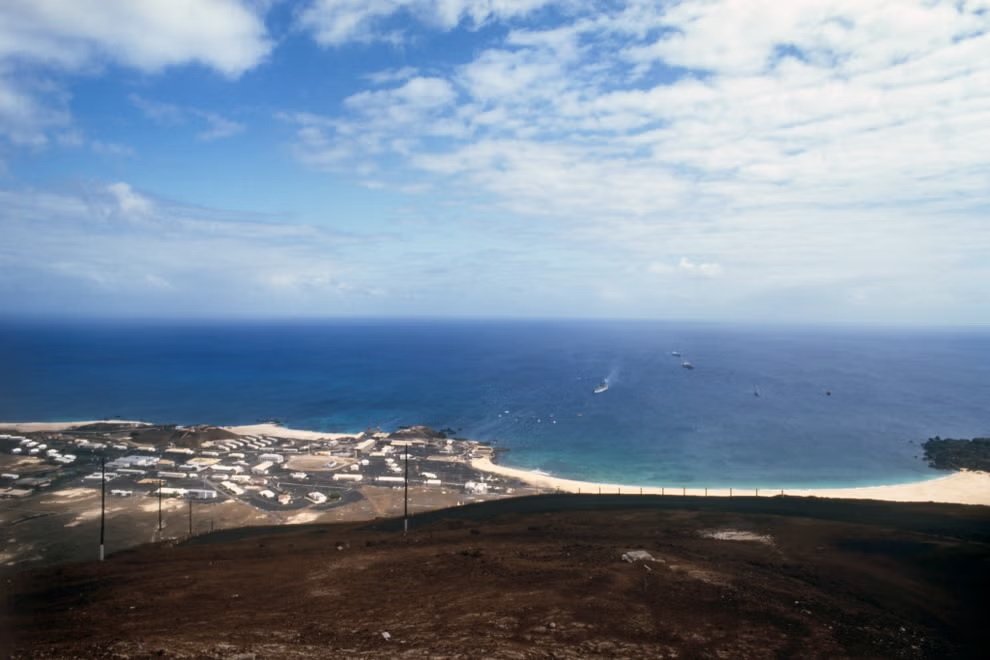Ascension Island-UK may try to send small boat arrivals, Minister confirms
The Sailing Heritage of Tiny Ascension
Ascension Island -With its rugged volcanic peaks rising sharply from the waves, the remote island of Ascension looks anything but welcoming. Yet throughout history, this diminutive speck of land has served as an oasis for sailors crossing the vast South Atlantic. Ascension’s unique geography and strategic location have made it a magnet for ships in need of rest and resupply.
Ascension Island measures only 35 square miles in area, with its highest point at 2,800 ft. This makes it one of the world’s smallest boat harbors. However, the safe anchorage and freshwater springs offshore have attracted passing ships for over 500 years.
In 1501, the Portuguese navigator João da Nova first stumbled upon Ascension while exploring the Atlantic. He named it Ilha da Ascensão after discovering it on Ascension Day. Other early visitors included the British Captains Shackerley and Lancaster, who harvested turtles here in the 1600s.
During the Age of Sail, British and American whalers frequently stopped at Ascension to stock up on tortoises, fish and the island’s pure fresh water. The British Navy also used it as a waypoint to repair ships and recover sailors weakened by scurvy.

Ascension’s waters continued attracting ships into the 20th century. In World War II , Allied convoys paused there to refuel and escape German U-boats prowling the Atlantic. The British even built Wideawake Airfield on the island to provide air cover for vital supply ships.
Today, Ascension still serves as a maritime haven, albeit with fewer ships anchoring offshore. American tuna clippers and European longliners still fish its teeming waters and fill up on fuel and supplies. The US military also runs a small boat pool from its base on the island for coastal patrols and diving missions.
In many ways, Ascension remains defined by its nautical heritage. The salty history of ships and sailors is ingrained into local culture and architecture. Street names like Frigate Bay Road and Old Wharf hint at the maritime lifeblood of this isolated outpost.
The most visible symbol of Ascension’s sailing legacy is the collection of aged cannon and anchors displayed along the coastline. These remnants from centuries of visiting ships stand as monuments to the island’s past as a haven for seafarers.
Though modern technology has reduced ships’ need to stop at Ascension, its waters continue attracting yachts and scientific research vessels from around the world. Adventurous sailors know taking shelter in the lee of this volcanic rock in the middle of the Atlantic affords a unique opportunity to rest and reflect, just as mariners have done for over 500 years.
Ascension Island’s roots as a welcoming waypoint for ships navigating the lonely South Atlantic endure in the local spirit of hospitality shown to visiting boats. Though tiny in size, Ascension looms large as one of the world’s most storied maritime harbors.
